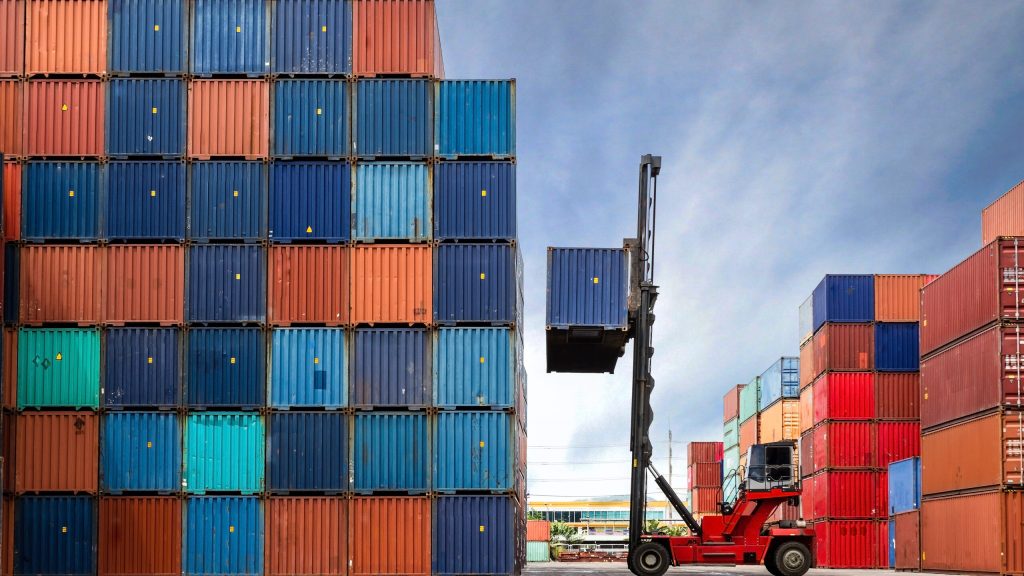Surprising spike in consumer prices increases chance for interest rate hike soon
Posted April 19, 2011 12:56 pm.
This article is more than 5 years old.
A spike in Canada’s inflation rate last month, led by rising food and gasoline prices, has sharply increased prospects that consumers will see higher interest rates in the near future.
Canada’s annual inflation rate, which had been bucking global trends, leaped to 3.3 per cent, with both the annual measure and the monthly reading rising by 1.1 points.
It was the biggest single-month jump in inflation since September 2008, on the eve of the recent recession, and was well above the consensus call for a 0.6 per cent gain.
“The Bank of Canada must be feeling a little hot under the collar,” said CIBC chief economist Avery Shenfeld. “This is the first time CPI (consumer price index) has breached the BoC’s target range since the commodity price spike in late 2008.”
The central bank’s mandate is to keep inflation within a range of one-to-three per cent and as close as possible to two per cent.
Commodities, especially oil, were a big part of the surprising inflation surge in March, but almost everything was costlier both compared to February and last year.
Statistics Canada said all eight of the major components it tracks were up, including food, which was 3.3 per cent higher than last year.
With drought, storms and other bad weather affecting major global crops such as wheat, coffee, sugar and corn, it’s no surprise that the cost of everything from flour to bread, meat and vegetables is rising in many parts of the world.
Higher gasoline prices are also making it more expensive to operate a car, but also raising the cost of transporting food to market.
The only good news for the Bank of Canada is that core inflation, which excludes volatile items such as gasoline, remained well-anchored at 1.7 per cent — although even that represents a big jump from February’s 0.9 setting.
The only question, said analysts, is whether the one-month surge was a fluke or the start of a trend.
Sheryl King, chief economist with Merrill Lynch in Canada, the spike doesn’t appear to be a fluke.
“I think inflation expectations are starting to become unanchored, which gives businesses the incentive to start to raise prices at an accelerated rate (and) we’re starting to see commodity price passthrough,” King said.
What’s missing, she said, is higher interest rates to offset inflation. The Statistics Canada data puts pressure on the Bank of Canada to move at its May 31 interest rate meeting.
“The bigger question is when the bank does start to raise rates, how far they are going to go, and I think they will have to go a lot further than what the market is currently discounting.”
King said she expects the central bank’s overnight rate to hit 3.5 per cent next year, up from the current 1.0 per cent. That would result in commercial banks raising their prime rates and certain lending rates tied to prime.
Last week, when the central bank decided to keep its trendsetting interest rate moored at one per cent, it predicted inflation would hit three per cent this spring, then start tailing off.
It gets one more look at inflation before it has to decide on May 31, and a lot will depend on whether prices, particularly the core that points to future inflation, breaches the two per cent target.
“Suffice it to say that the (central) bank won’t be comfortable keeping rates on hold beyond the next meeting if this is not a fluke,” said Douglas Porter of BMO Capital Markets.
The Canadian dollar by more than a cent to an intraday high of 104.73 cents US early Tuesday. At midday, the loonie was at 104.54 US.
Energy prices, particularly gasoline, were the main contributors to both the annual inflation gain and the sharp one-month increase in prices.
Gas prices were 18.9 per cent higher in March than a year ago, fuel oil and other fuels surged 31.3 per cent, electricity costs increased by 4.3 per cent, and transportation costs, which have a heavy gasoline component, were up 6.6 per cent.
If energy were taken out of the calculation, inflation would have risen to only 2.4 per cent on an annualized basis.
But other items also contributed to the prices jump. In fact, there were few exceptions.
Food prices, which has been rising sharply in the emerging world, increased 3.3 per cent in March as the price for fresh vegetables rose by 18.6 per cent and meat rose by five per cent. The agency said cold weather in Mexico and the southern U.S. was mostly responsible for the price spike for vegetables.
Shelter costs, with the exception of mortgage interest, recreation, household operations, health and personal care, alcohol and tobacco — even clothing and footwear, normally downward contributors to inflation — were all higher in March than last year, although the gains were more modest.
The few decliners were computer equipment and supplies, which were 9.9 per cent lower, video equipment, down 10.4 per cent, along with fresh fruit and natural gas.
Regionally, Nova Scotia had the highest inflation rate of any province in Canada at 3.9 per cent, followed by Ontario at 3.6 per cent and Quebec at 3.3. Annual inflation was lowest in Alberta at two per cent.










